Download PDF Surgical correction of intermittent exotropia is a breadandbutter procedure for many pediatric ophthalmologists But a recent study in the British Journal of Ophthalmology (BJO) 1 and an accompanying editorial 2 call into question the notion that intermittent exotropia is straightforward or fully understood These articles challenge some of the dogma that has guided In other studies, children diagnosed with intermittent exotropia and convergence insufficiency forms of strabismus developed mental illness by early childhood Surgery When surgery is opted for or necessary, the length and position of the muscles surrounding the eye are adjusted so as to appear straight Intermittent exotropia (X (T)) is one of the most common form of strabismus with surgery being the mainstay of treatment The main goal of surgery is to preserve binocular vision and stereopsis and to prevent its further loss The decision to operate is mainly based on four aspects increasing angle of exodeviation, deteriorating control of X (T), decrease in stereopsis

Adult Strabismus Surgery Mivision
Intermittent exotropia surgery in adults
Intermittent exotropia surgery in adults-Intermittent exotropia surgery in adults The term dissociated horizontal deviation (DHD) was originally used to describe a unique form of intermittent exotropia in which the measured exodeviation was larger with 1 eye fixating than the other 14 In some cases, the exodeviation resolves or converts to a large esodeviation when the patient fixates with the nonpreferred eyeExotropia is a type of strabismus (misaligned eyes) in which one or both of the eyes turn outward The condition can begin as early as the first few months of life or any time during childhood Exotropia often begins as an intermittent problem, noticed only when the child is tired, sick, just waking up, excited, or stressed



Strabismus Baby Symptoms Definition Description Demographics Causes And Symptoms Diagnosis
Intermittent exotropia (IXT) is the most common type of divergent strabismus It is the consequence of passive mechanisms due to the anatomy of the globes and orbits or due to active innervational mechanisms, resulting in divergence of the visual axes, which is compensated by fusional convergence Intermittent insufficiency in this compensation gives this form of exotropia its intermittent The factors reported to affect the surgical results after intermittent exotropia surgery vary widely, including age at the time of surgery, preoperative angle of deviation, refractive errors, type The different types of acquired exotropia are intermittent exotropia, sensory exotropia, exotropia with neurologic causes and field defects, and consecutive exotropia Certain conditions, such as third nerve palsy , thyroid ophthalmopathy , and iatrogenic trauma following retinal detachment surgery or endoscopic sinus surgery, could cause
Intermittent exotropia may progress to constant exotropia If surgery is performed, possible complications can include bleeding, surgical wound infections, swelling of the eyelid, and repeat surgeries for recurring exotropia Exotropia can sometimes recur after surgery Talk with your doctor about the risks and benefits of eye muscle surgeryIntermittent exotropia is the most common type of strabismus It is defined as a nonconstant exodeviation that manifests predominantly at distance fixation and may progress over a variable period to near fixation This entity is also named distance exotropia, divergent squint, periodic exotropia, or exotropia of inattention Intermittent exotropia Intermittent exotropia frequently begins around the age of two years A child with intermittent exotropia does not develop diplopia (double vision) due to bitemporal suppression, unlike acquired manifest exotropia in adults With progressive suppression, constant exotropia may develop
A 33yearold woman was referred for evaluation of intermittent esotropia When playing video games at a distance or when reading, she developed oscillopsia with eyestrain and noted that her right eye turned up and in She had undergone strabismus surgery for crossed eyes as a young child and more recently had laser in situ keratomileusisHowever, some patients may also regain stereopsis There are many psychosocial benefits to adult strabismus surgeryBackground Intermittent exotropia (IXT) is the most common form of childhood exotropia 1, 2 with an incidence of 321 per 100,000 in children under 19 years of age 1 The strabismus is characterized by an exodeviation of one eye that is interspersed with periods of ocular alignment 3 Reliable measurement of the deviation is often hindered by the variable nature of the strabismus,
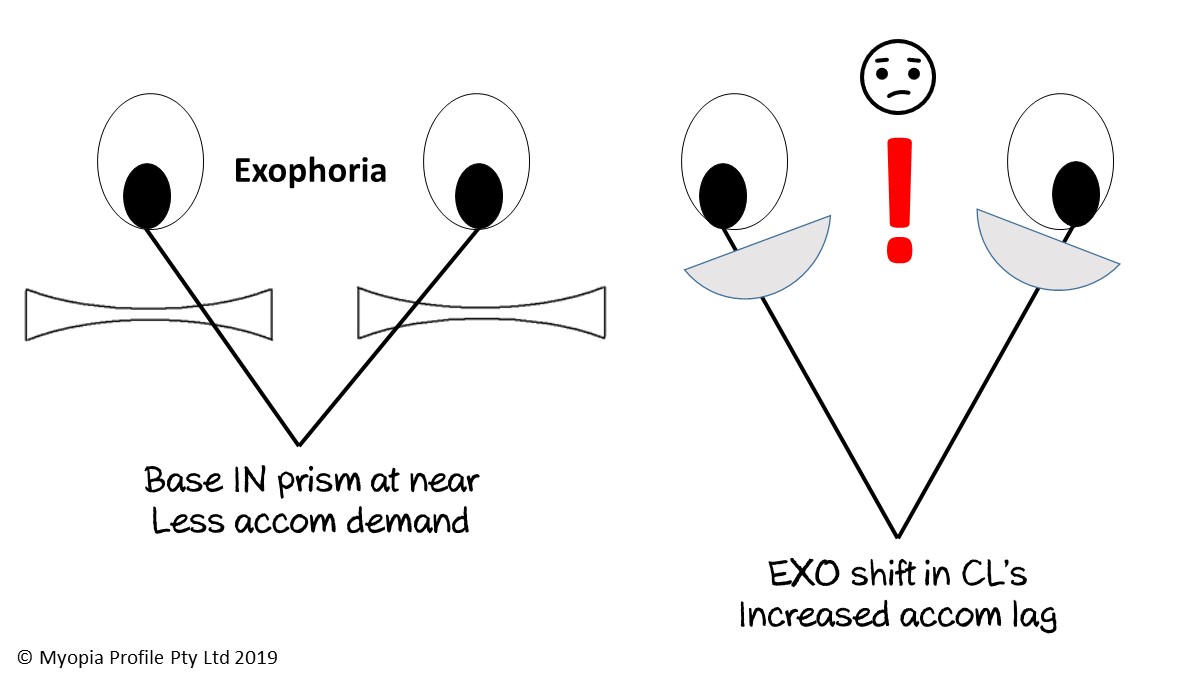



What About The Exophores Myopia Profile Binocular Vision Myopia Control




Management Of Intermittent Exotropia Of The Divergence Excess Type A Teaching Case Report The Journal Of Optometric Education
Treatment of intermittent exotropia Intermittent exotropia should be treated immediately, as any misalignment indicates that the eyebrain connection is not working effectively The most successful treatment for strabismus is vision therapy, usually with other means such as eye patching, eyeglasses, and surgery Vision loss Untreated exotropia can give rise to blurred vision and further increase the risk of permanent loss of vision Constant Exotropia Untreated intermittent Exotropia can change into permanent Exotropia which finally results in vision loss Other complications There is possibility of complications after surgery as well Sometimes, Exotropia is not completely Some people develop esotropia, while others might develop eyes that turn outward instead (exotropia) According to the College of Optometrists in Vision Development , esotropia is the most common




Adult Strabismus Fact Sheets Yale Medicine



Strabismus Baby Symptoms Definition Description Demographics Causes And Symptoms Diagnosis
Treatment for exotropia depends on how often you have symptoms and on how severe they are Prism in your glasses may be prescribed to help with double vision Eye muscle surgery is also an option, especially if your exotropia isAbout 50% of all intermittent exotropia falls into this category1,2,3 In recent years, there has been abundant literature supporting the fact that adult strabismus surgery improves cosmesis and binocular function4,5,6,7 Optometric literature has shown the efficacy of vision therapy for exotropia, even in those with anomalous correspondence and suppressionIntermittent exotropia is a condition in which one eye turns outwards (diverges) intermittently, mainly when looking at objects in the distance The




Medial Rectus Plication Versus Resection In Adults With Exotropia Gaballah Ka J Egypt Ophthalmol Soc




Consecutive Cyclic Exotropia After Surgery For Adult Onset Cyclic Esotropia Sciencedirect
The surgery is done under general anesthesia for a child and with a local numbing agent for an adult Sometimes the surgery has to be repeated InExotropia is a common form of strabismus characterized by an outward eye turn, away from the nose Exotropia is a eye turn where one eye points outwards, this may be noticed while the child is looking at distance objects, near objects or bothIntermittent Exotropia is a type of strabismus where one, or both, eyes turn outward intermittently It usually begins in the 23 year age group It is first seen infrequently when the child is sick or tired and only when they are looking into the distance



The Ongoing Challenge Of Intermittent Exotropia American Academy Of Ophthalmology




Augmented Surgical Amounts For Intermittent Exotropia To Prevent Recurrence Topic Of Research Paper In Clinical Medicine Download Scholarly Article Pdf And Read For Free On Cyberleninka Open Science Hub
The desired surgical goal in the first week after surgery is to create a small angle of 5 to 10 prism diopters (PD) of esotropia in children with intermittent exotropia Many ophthalmologists have suggested that initial overcorrection after exotropia surgery in children is necessary for satisfactory longterm correction 3,4,5,6,7If the eye is turned out all the time, it is called exotropia Children with intermittent exotropia have a strong tendency to let the eye turn out, but it does not turn out all the time When the child does control the eye alignment, the eyes are straight and function normally together Exotropia occurs in about 1 out of 100 childrenIntermittent exotropia is a very common type of eye misalignment One or both eyes turn out toward the ear occasionally Only one eye turns out at a time while the other eye points straight forward Cause of intermittent exotropia The cause of this condition is not known Most experts believe that the brain of affected patients has trouble



Management Of Strabismus In Myopes Kekunnaya R Chandrasekharan A Sachdeva V Middle East Afr J Ophthalmol



Amblyopia
Criteria for surgery may vary somewhat, but generally surgery is indicated when the exotropia is frequently present, when the patient is experiencing significant symptoms (eyestrain, double vision, squinting), or when there is evidence that the patient is losing "binocular vision" SurgeryOthers develop it as an adult when one eye loses vision The eye with poor vision can wander How is exotropia treated?Results A total of 19 patients with exotropia and 9 patients with esotropia were included In the esotropic group, the mean age at surgery was 48 ± 15 years and the mean preoperative deviation




Cyclic Esotropia With Development Of A High Accommodative Convergence To Accommodation Ratio After Surgery For Intermittent Exotropia Semantic Scholar
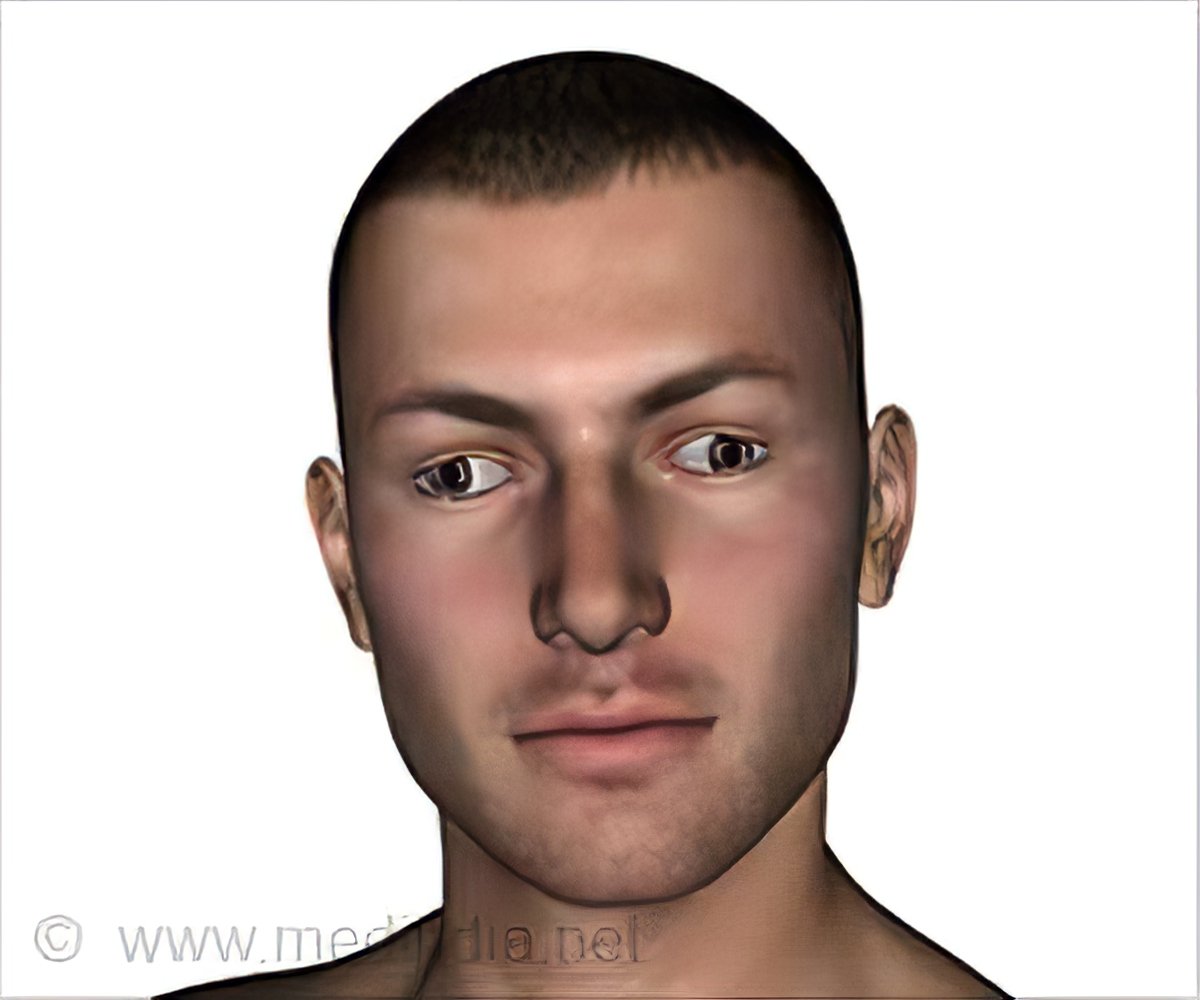



Exotropia Types Symptoms Diagnosis Treatment Prevention
Or Intolerance of prism glasses or patch; Predictors of success following surgery for intermittent exotropia are less clear, although a small retrospective study suggested that performing surgery before a patient is 7 years old, or before the duration of the patient's exotropia has reached 5 years, may be associated with better longterm sensory outcome 31 Another retrospective study with longterm outcomes (10 years) found that patients Background/aims To evaluate the surgical outcomes of twomuscle surgery for childhood intermittent exotropia comparing large angles with moderate angles Methods We retrospectively reviewed the medical records of 178 children who had undergone bilateral lateral rectus recession (BLR) or unilateral recessresect (RR) for largeangle (≥40 prism dioptres (PD);
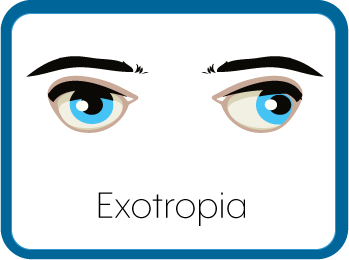



Exotropia
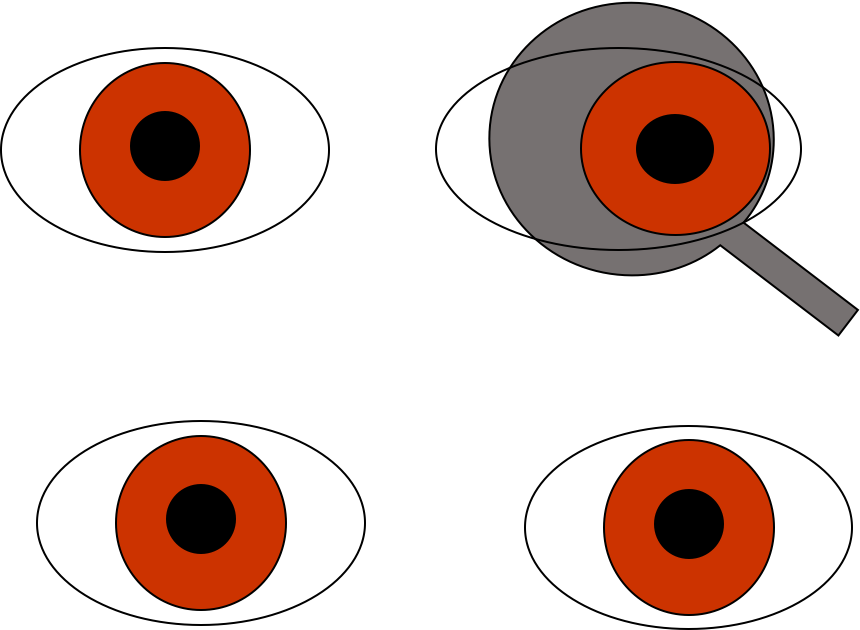



Intermittent Exotropia Simplified For The Postgraduates
Abstract Most studies of intermittent exotropia deal primarily with children However, the manifestations of this disorder in adults differ considerably from those in children The case records of 44 adults (ages 1570) who underwent surgery for intermittent exotropia were analyzed These patients experienced a variety of preoperative symptoms includingMost studies of intermittent exotropia deal primarily with children However, the manifestations of this disorder in adults differ considerably from those in children The case records of 44 adults (ages 1570) who underwent surgery for intermittent exotropia were analyzedMost studies of intermittent exotropia deal primarily with children However, the manifestations of this disorder in adults differ considerably from those in children The case records of 44 adults (ages 1570) who underwent surgery for intermittent exotropia were analyzed These patients experienced a variety of preoperative symptoms including diplopia, headache, difficulty with




Jaypeedigital Ebook Reader



Surgery For Intermittent Exotropia
Type exotropia is often treated nonsurgically with interventions such as prisms or vision therapy;Esotropia by 3 years of age10 Whereas adultonset strabismus can result from a neurologic disorder (eg, brain tumor) or systemic disease (eg, diabetes mellitus), adequate control of the general health status of a Adults Surgical strabismus correction for individuals 18 years of age or older is considered medically necessary for any of the following Diplopia;




3 Eye Exercises For Strabismus Healthline



Success Stories About Squint Treatment In Gurgaon Dr Digvijay Singh
Intermittent exotropia (X(T)) is one of the most common type of strabismus in children as well as adults, especially in the Asian and South Asian populations1–4 In these populations, it has been estimated that the prevalence of exotropia can be up to 7–185 times higher than that of esotropia, out of which the most Consequently, adult strabismus surgery should not be considered merely cosmetic in most cases In esotropic patients, this improvement typically takes the form of an expansion of binocular visual fields; Intermittent exotropia is an exodeviation intermittently controlled by fusional mechanisms Unlike a pure phoria, intermittent exotropia spontaneously breaks down into a manifest exotropia Prevalence Exodeviations are much more common in latent or intermittent form than are esodeviations Of all the exotropia intermittent exotropia comprises about 50




Non Surgical Correction Of Exotropia Dr Claudia Lee Optometrist




Exotropia In Children And Adults
Or Restoration of binocular vision; Abstract Aim To describe an unexpected sensory outcome in an adult male who is seeking ocular realignment for a psychosocially symptomatic large nonspecific exotropia with suppression The primary diagnosis was infant onset exodeviation of unclear diagnosis, was managed with bilateral strabismus surgery at two years of age, little memory of followupExotropia worse immediately after surgery Had my surgery at around 1pm today (9/16) My doctor performed surgery on just my right eye to address the intermittent exotropia I was discharged at around 3pm As soon as I looked at myself in the mirror I knew my eye was drifting outwards even more so than before
/esotropia584188178-5a47bd82beba330037d008c3.jpg)



Esotropia Causes Types And Complications




Adult Intermittent Exotropia Pre And Postoperative Examination Notes Download Scientific Diagram
Objectives To investigate the incidence of persistent intractable diplopia in adults undergoing surgery for longstanding, constant strabismus and to define tests that may be useful for identifying patients at risk for developing this complication Methods A retrospective medical record review of adults without diplopia undergoing surgery for constant strabismus Background Childhood intermittent exotropia X(T) is a type of strabismus (squint) in which one eye deviates outward at times, usually when the child is tired It may progress to a permanent squint, loss of stereovision and/or amblyopia (reduced vision) Treatment options for X(T) include eye patches, glasses, surgery and active monitoringIntermittent Extropia with minus lenses CS/ST/DP/0419/v10 – review 0122 DGH/PIL/029 Page 1 Patient Information Treatment of Intermittent Exotropia What is Intermittent Exotropia?




This Man S Photos Capture How Lazy Eye Surgery Changed His Life Health Com




Exotropia Pediatric Ophthalmic Consultants
Or Restoration of visual field in individuals with esotropia;What is intermittent exotropia?Therefore, this condition infrequently requires surgical intervention, comprising only 18% of all forms of intermittent exotropia requiring surgery in one series2,3 For those patients who fail nonsurgical options,




Medial Rectus Plication Versus Resection In Adults With Exotropia Gaballah Ka J Egypt Ophthalmol Soc




Strabismus Surgery Everything You Need To Know Realself
When is surgery for exotropia indicated?




Improvement In Health Related Quality Of Life Following Strabismus Surgery For Children With Intermittent Exotropia Journal Of American Association For Pediatric Ophthalmology And Strabismus Jaapos




Exotropia Eyewiki




Exotropia Symptoms Management And More




Surgical Outcome Of Intermittent Exotropia Semantic Scholar




Adult Strabismus Surgery Mivision
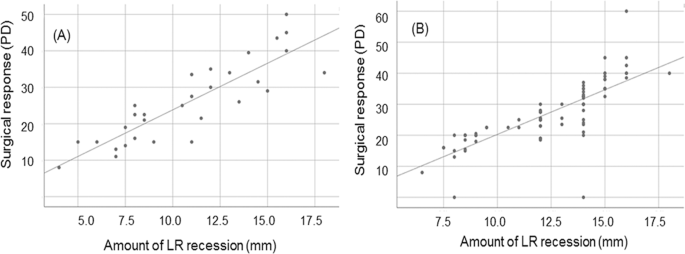



Survival Analysis Of Adult And Children Intermittent Exotropia Using A Matched Case Control Design Scientific Reports




What Is Exotropia Vision Express
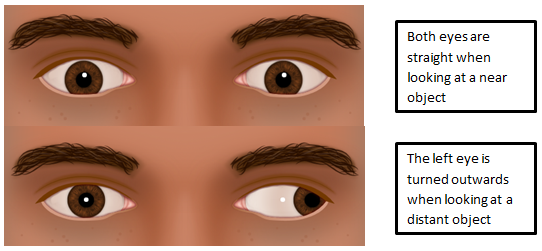



Intermittent Distance Exotropia Hull University Teaching Hospitals Nhs Trust




A Chronicle Of Surgical Thinking And Doing For Exotropia Innovations And Rediscoveries Journal Of American Association For Pediatric Ophthalmology And Strabismus Jaapos



Single Stage Surgical Outcomes For Large Angle Intermittent Exotropia




Strabismus Surgery American Association For Pediatric Ophthalmology And Strabismus




Strabismus And Eye Muscle Surgery G Vike Vicente
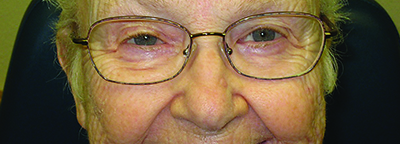



How To Take On Strabismus In Adults
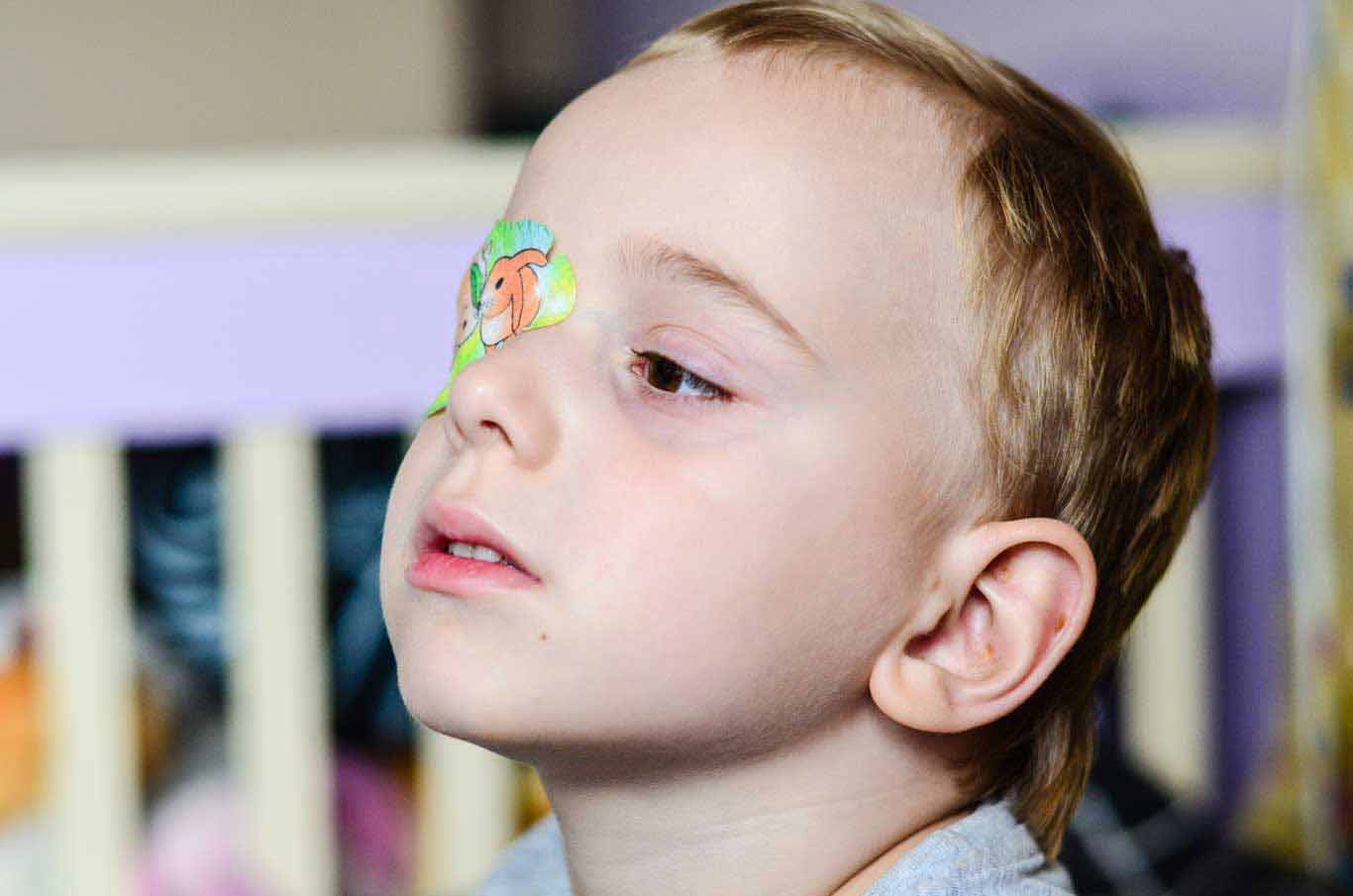



How To Fix A Lazy Eye Amblyopia Treatment In Raleigh Durham Nc Metro Area Correction W Vision Therapy Eye Patching Surgery For Children And Adults




Divergent Strabismus An Overview Sciencedirect Topics
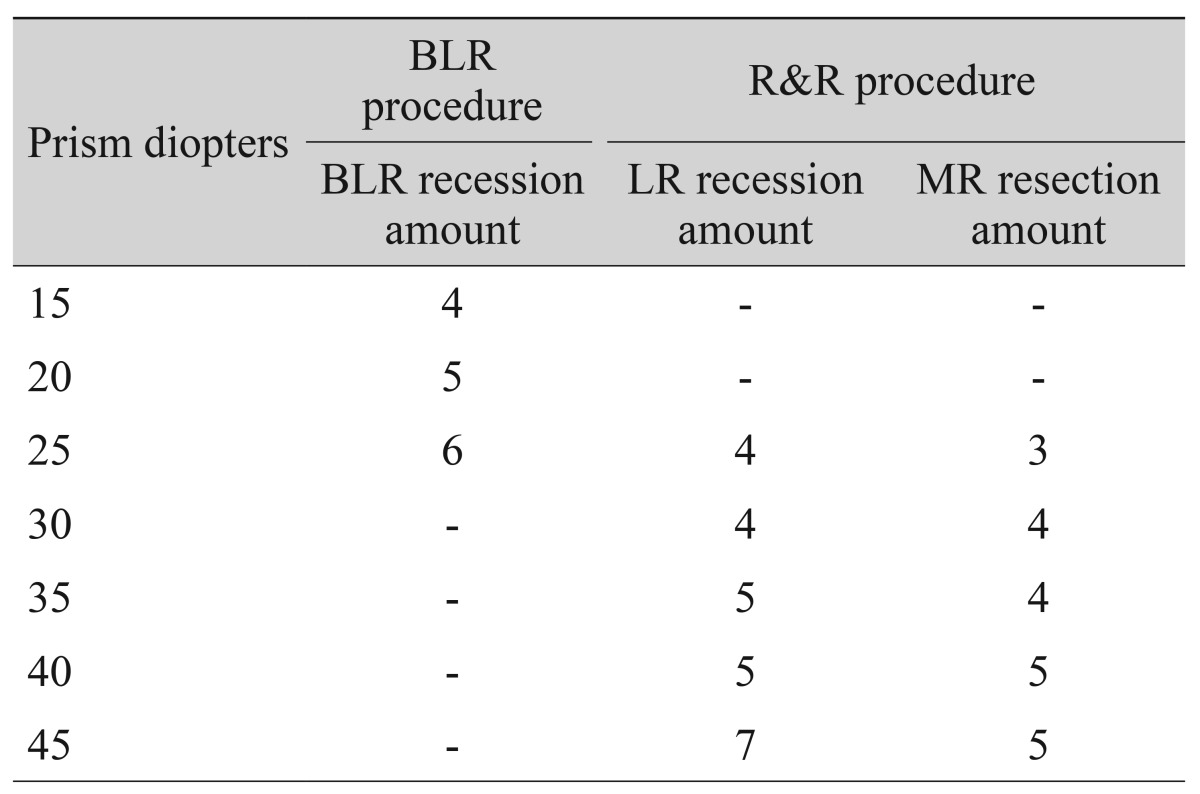



The Stabilization Of Postoperative Exo Drift In Intermittent Exotropia After Surgical Treatment
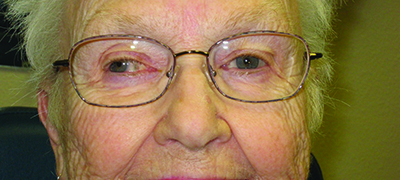



How To Take On Strabismus In Adults
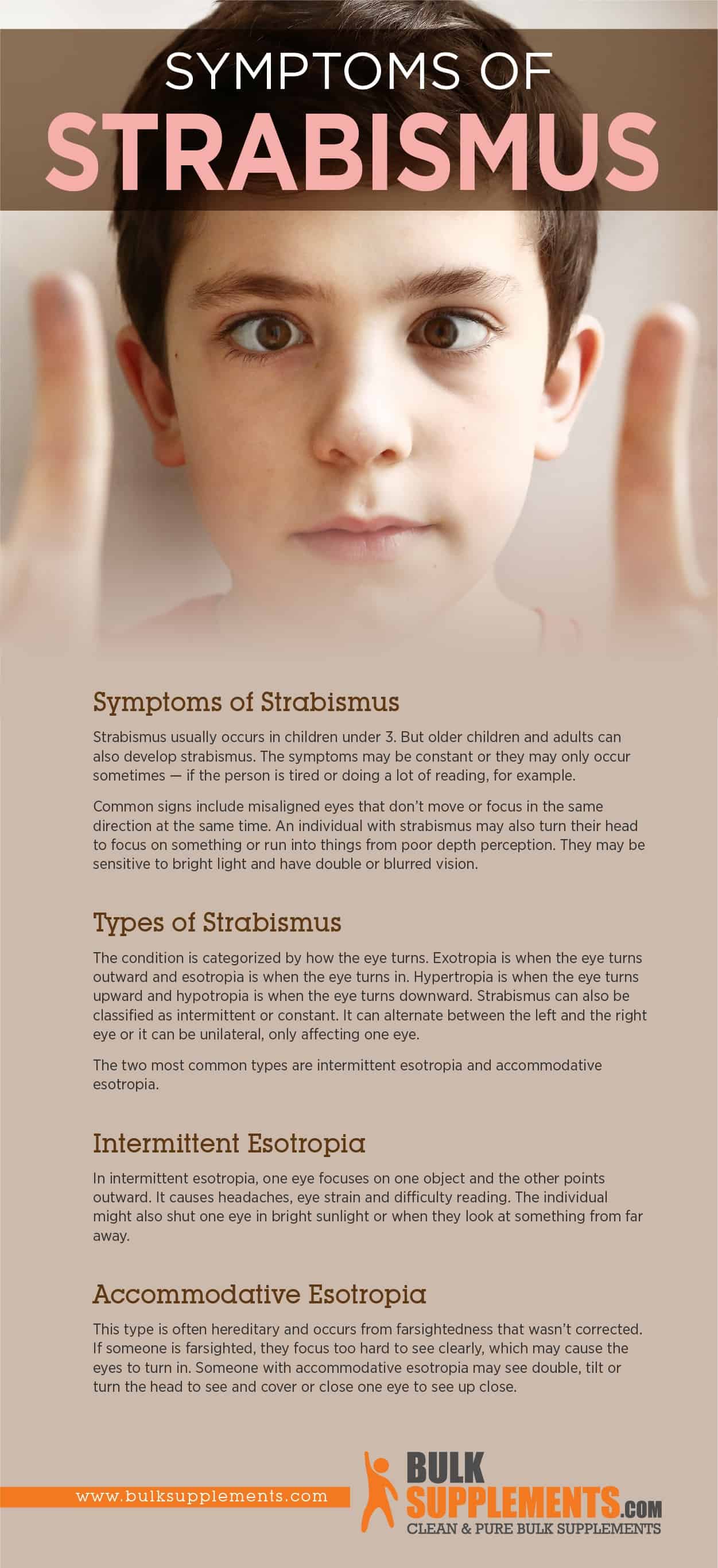



What Is Strabismus Causes Symptoms Treatment
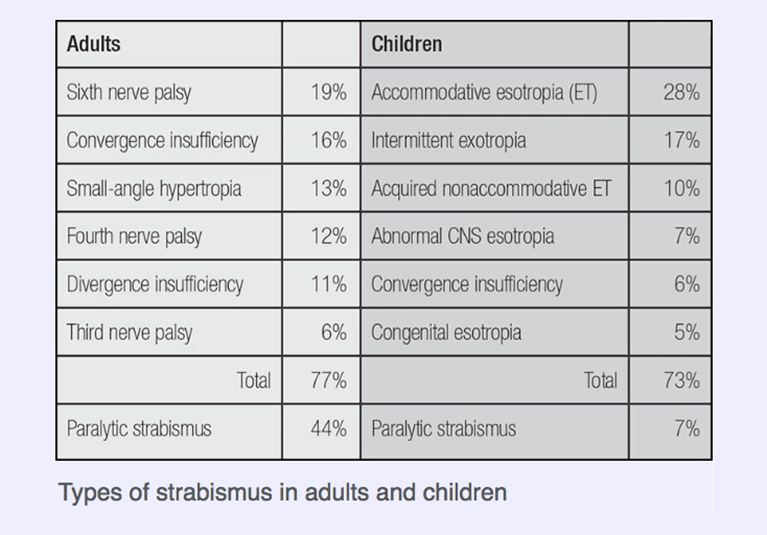



Retrospective Study Identifies Incidence And Demographics Of New Onset Strabismus In Adults Mayo Clinic
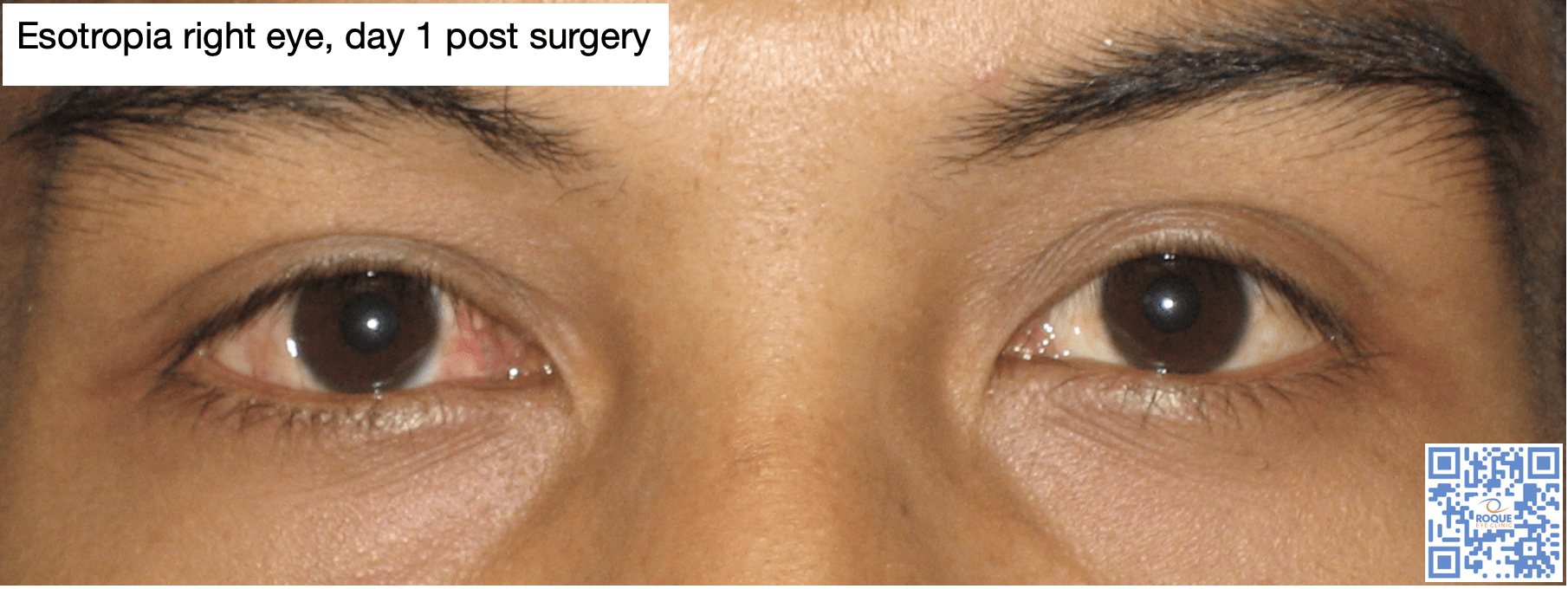



Strabismus Surgery Roque Eye Clinic Eye Com Ph
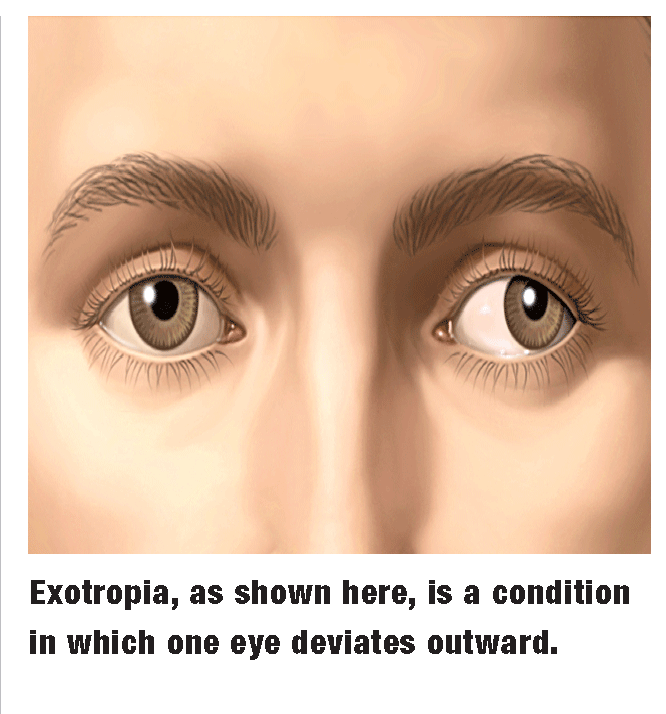



Do You See A Pattern




Surgical Dosage For Intermittent Exotropia As Per Authors Experience Download Scientific Diagram




Summary Of Surgical Treatment For Residual And Recurrent Exotropia Download Table




Principles Of Strabismus Surgery For Common Horizontal And Vertical Strabismus Types Intechopen




Outcomes Of Undercorrection In Surgical Management And Binocular Visio Opth




Medial Rectus Plication Versus Resection In Adults With Exotropia Gaballah Ka J Egypt Ophthalmol Soc




Adult Intermittent Exotropia Pre And Postoperative Examination Notes Download Scientific Diagram



3




Strabismus Treatments Without Surgery With Exercises Vision Therapy




Strabismus Surgery Optometrists Org
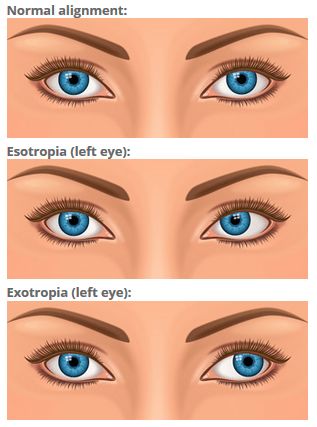



Strabismus And Crossed Eyes Explained Allaboutvision Com




Pdf Intractable Diplopia After Strabismus Surgery In Adults Semantic Scholar




Squint Surgery Strasbismus Surgery Treatment At Midland Eye




Strabismus Surgery Wikipedia
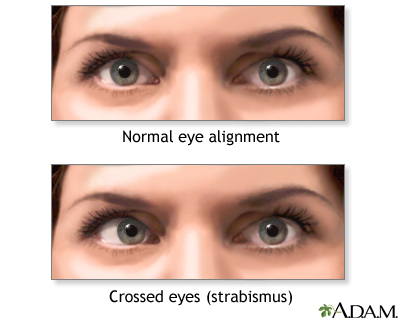



Strabismus Information Mount Sinai New York




Principles Of Strabismus Surgery For Common Horizontal And Vertical Strabismus Types Intechopen




Acute Acquired Comitant Esotropia In Adults Is It Neurologic Or Not




Esotropia Crossed Eyes Lazy Eye Or Squint Pediatric Ophthalmology Pa
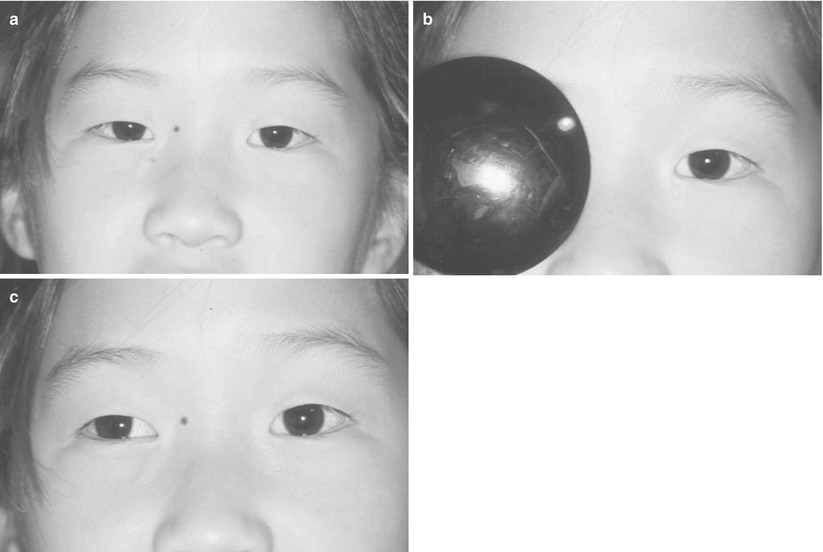



Exotropia Ento Key



1




Comparison Of Success Rates For Surgical Correction Of Intermittent Download Table




Esotropia Alternating And Intermittent Types And Treatment Options



Management Of Strabismus In Myopes Kekunnaya R Chandrasekharan A Sachdeva V Middle East Afr J Ophthalmol
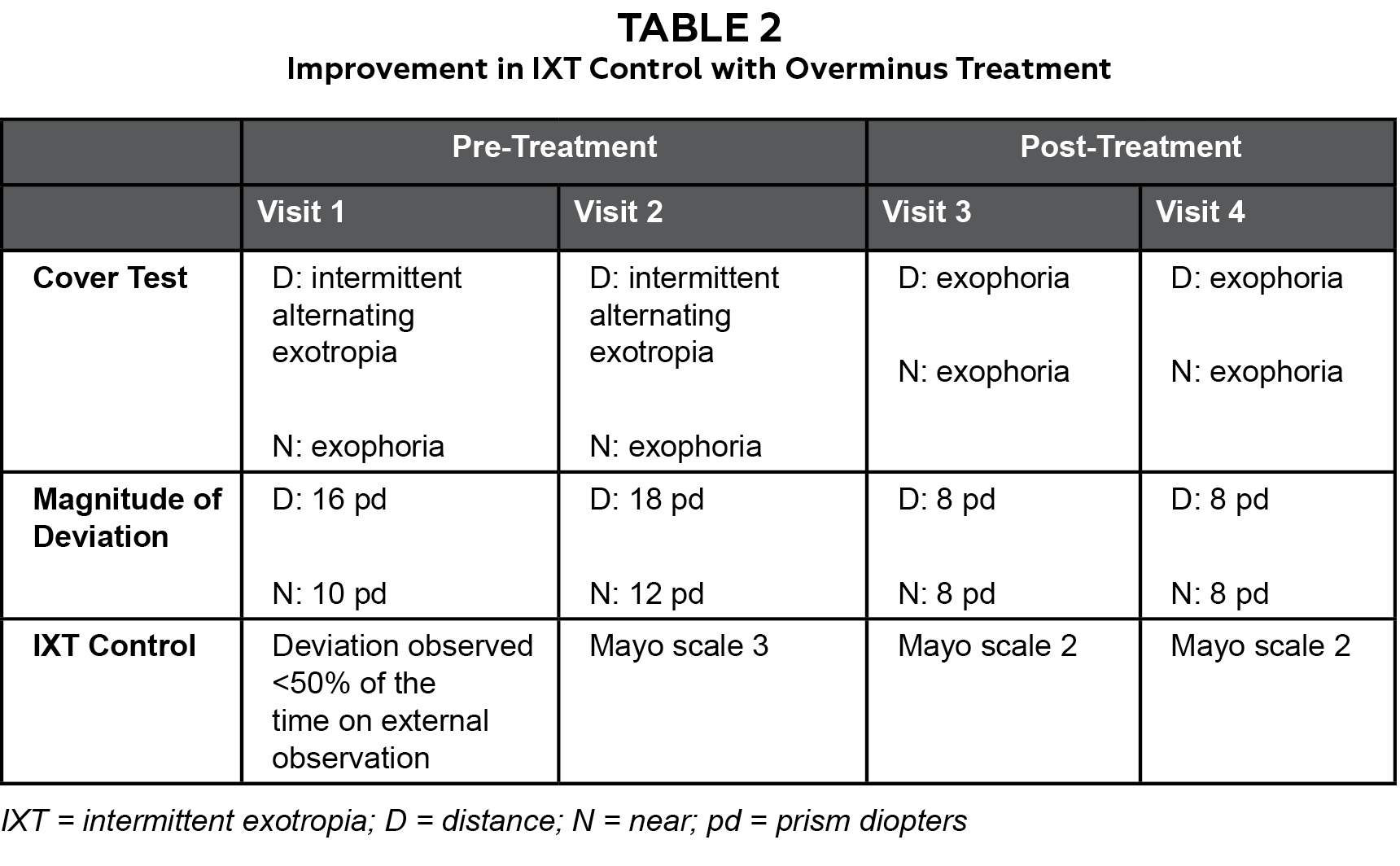



Management Of Intermittent Exotropia Of The Divergence Excess Type A Teaching Case Report The Journal Of Optometric Education
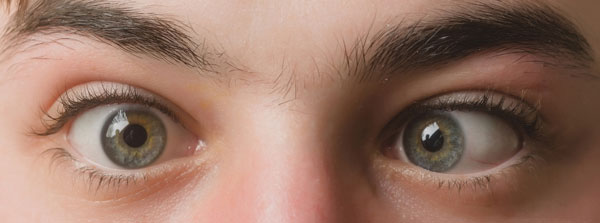



Pediatric And Adult Strabismus Mid Hudson Family Ophthalmology Pllc
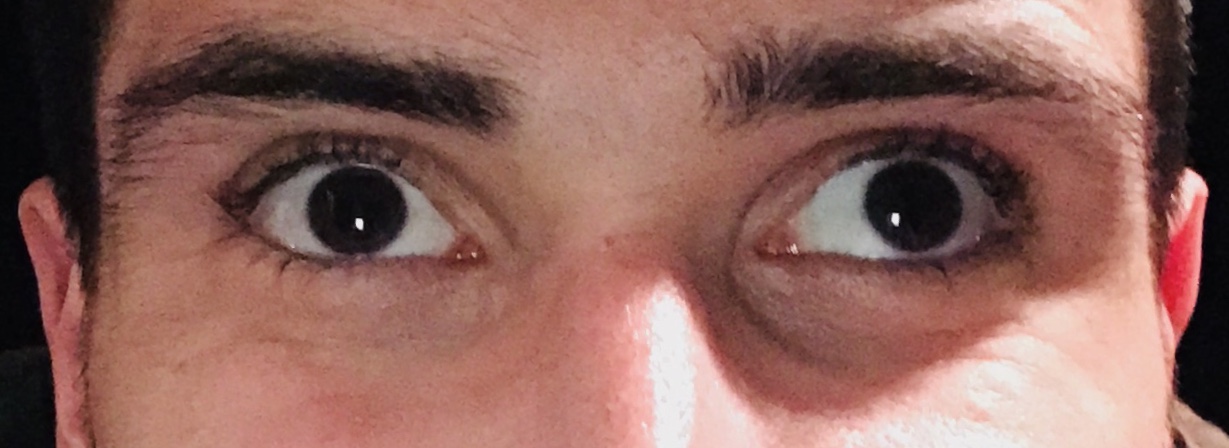



Strabismus Wikipedia




Assessing Strabismus In Children Paediatrics And Child Health




Gulf View Medical Centre Exotropia Misalignment Of The Eyes Learn More About The Symptoms Causes Complications Treatment What Is Exotropia Exotropia Is A Type Of Strabismus Which Is A




Cyclic Esotropia With Development Of A High Accommodative Convergence To Accommodation Ratio After Surgery For Intermittent Exotropia Semantic Scholar
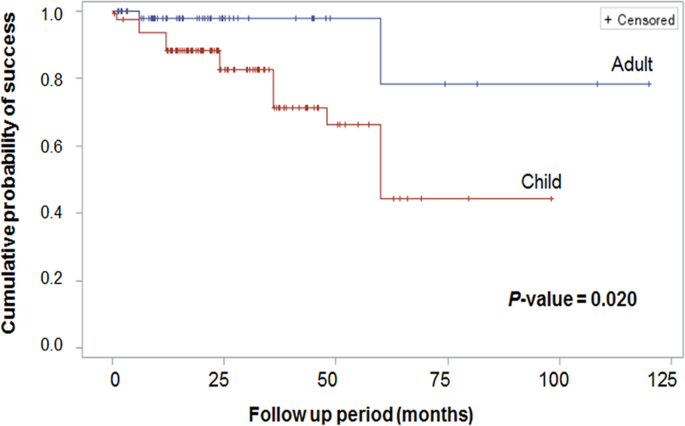



Survival Analysis Of Adult And Children Intermittent Exotropia Using A Matched Case Control Design Scientific Reports




What Is Intermittent Strabismus Optometrists Org
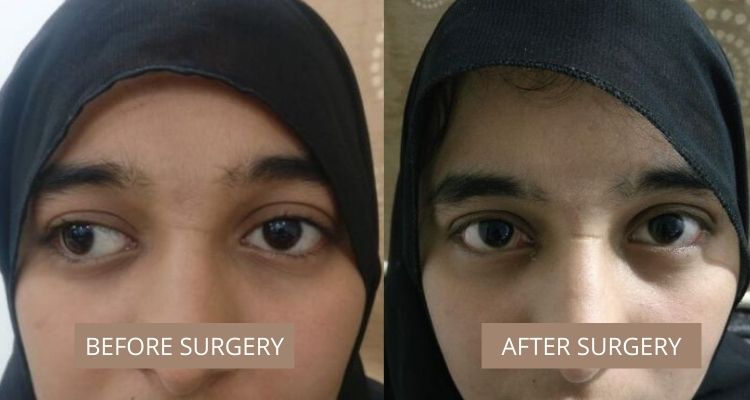



Exotropia Best Squint Treatment In Mumbai Eye Solutions



The Ongoing Challenge Of Intermittent Exotropia American Academy Of Ophthalmology



Surgical Outcome Of Unilateral Lateral Rectus Recession And Medial Rectus Resection In Large Angle Exotropia Document Gale Onefile Health And Medicine
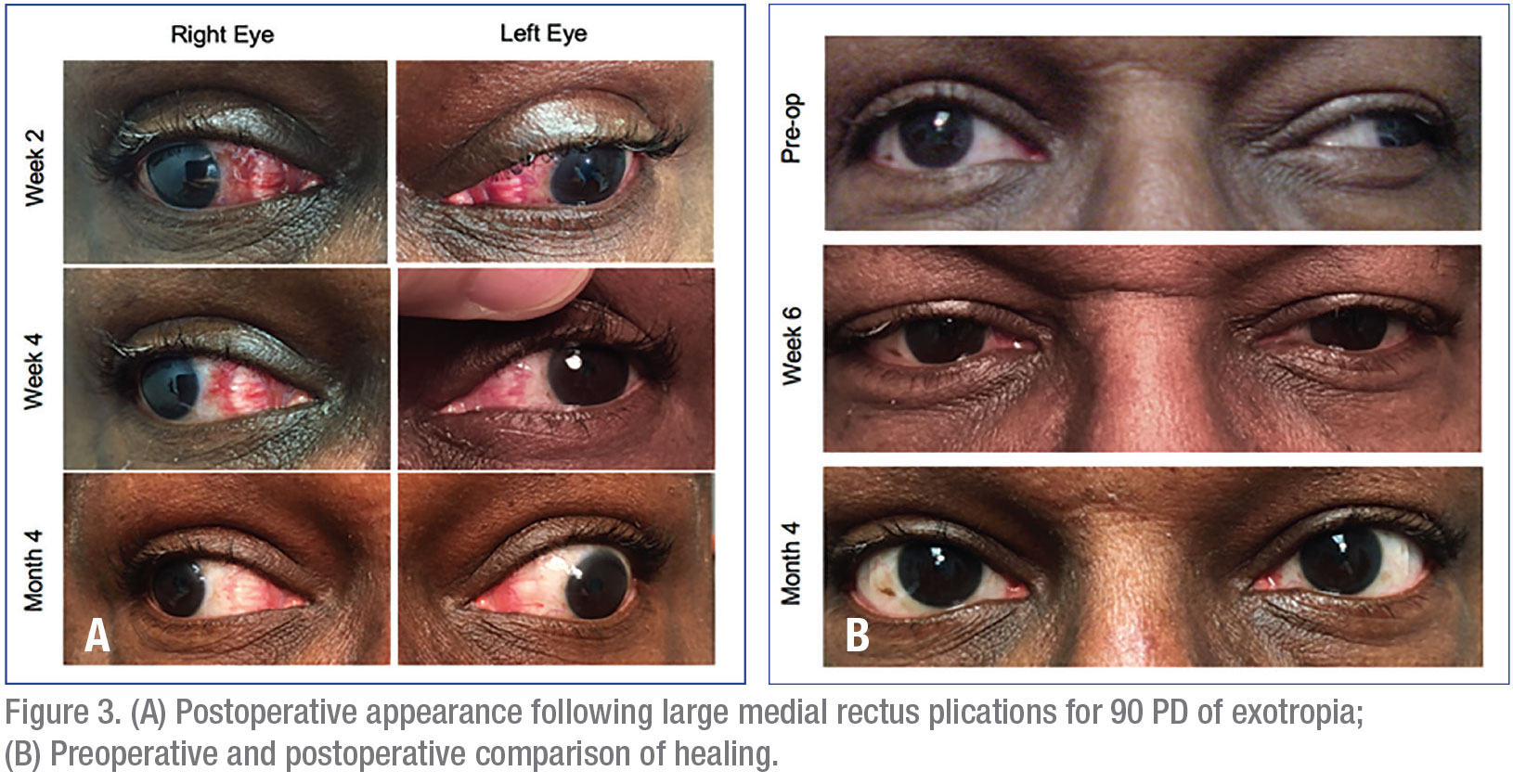



Plication As A Muscle Strengthening Procedure Surgery




Surgical Outcomes Of Plication Versus Resection In Basic Type Of Intermittent Exotropia Canadian Journal Of Ophthalmology




Medial Rectus Plication Versus Resection In Adults With Exotropia Gaballah Ka J Egypt Ophthalmol Soc
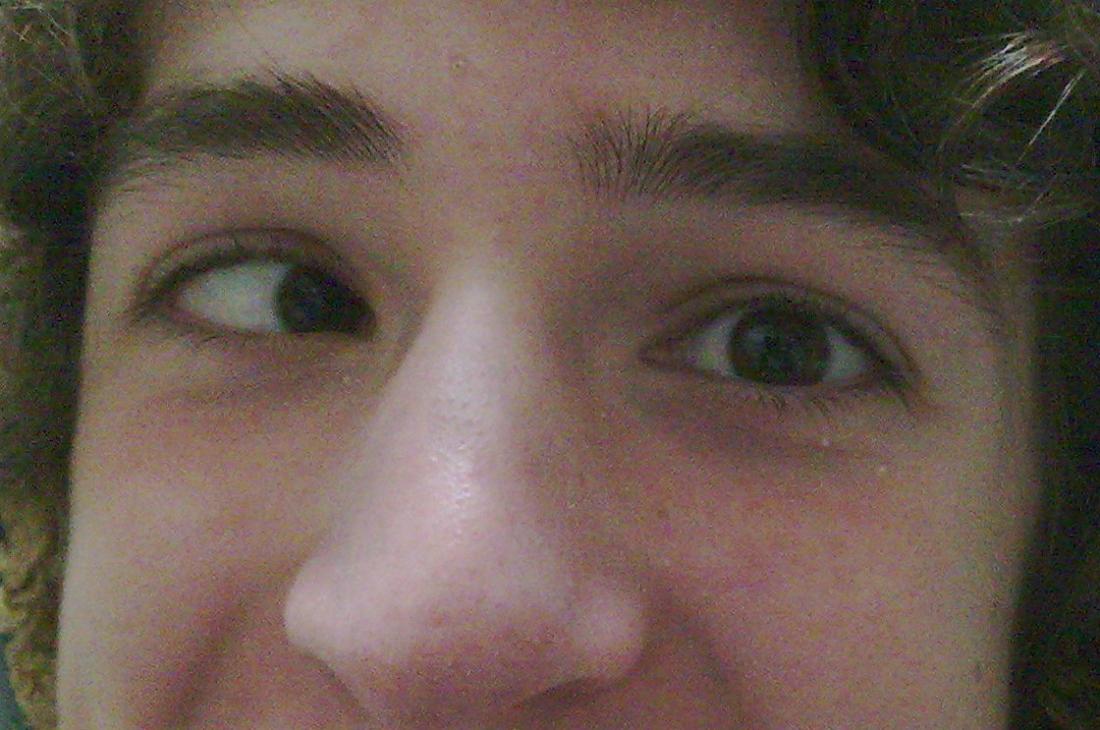



Esotropia Types Symptoms And Treatment



Success Stories About Squint Treatment In Gurgaon Dr Digvijay Singh




Factors Affecting Surgical Outcome Of Intermittent Exotropia Lee Cm Sun Mh Kao Ly Lin Kk Yang Ml Taiwan J Ophthalmol




The Success Of Unilateral Surgery For Constant And Intermittent Exotropia And Factors Affecting It In A Large Scandinavian Case Series Journal Of Pediatric Ophthalmology Strabismus




Exotropia Pediatric Ophthalmic Consultants




Non Accommodative Esotropia And Botulinum Toxin Therapy
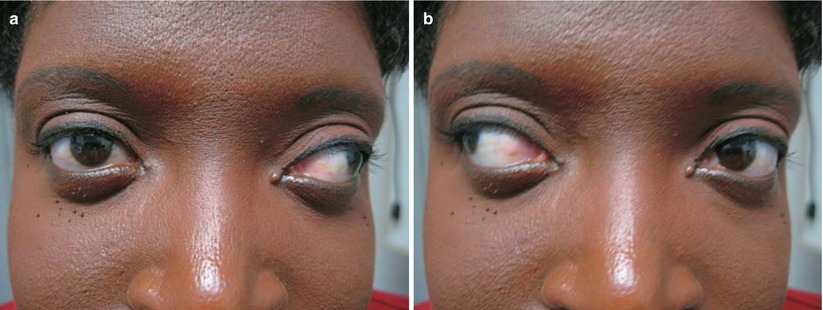



Exotropia Ento Key
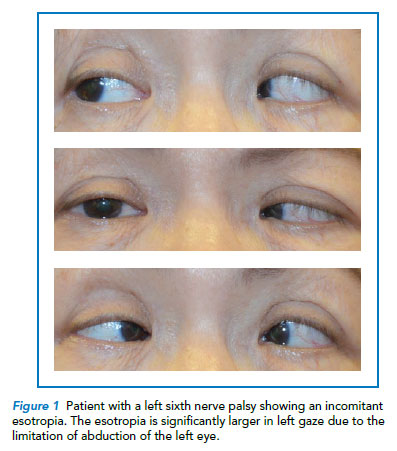



Common Strabismus In Children A Brief Overview Singhealth




Treatment Options For Squint In Adults Dr Sirish Nelivigi Youtube




How To Fix Exotropia 9 Steps With Pictures Wikihow



Adult Strabismus Back To Basics Sydney Ophthalmic Specialists




Exotropia American Association For Pediatric Ophthalmology And Strabismus




How To Fix Exotropia 9 Steps With Pictures Wikihow



Bodla Eye Care Multan Pakistan Adult Strabismus




Consecutive Cyclic Esotropia After Surgery For Intermittent Exotropia Canadian Journal Of Ophthalmology



3




Intermittent Exotropia Decompensated Youtube
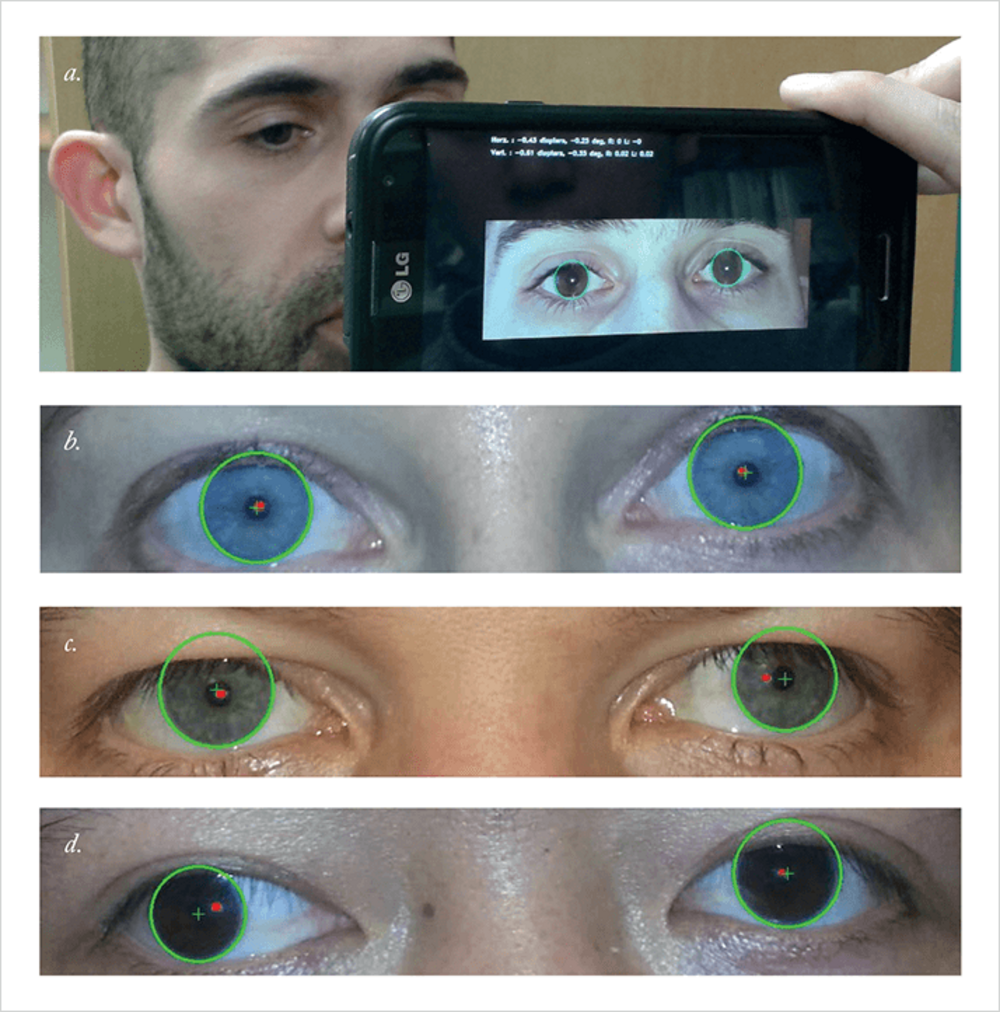



Strabismus Screening Now There S An App For That



Early Surgery For Intermittent Exotropia Tracks With Better Outcomes American Academy Of Ophthalmology




Pdf Preoperative Factors Influencing Effectiveness Of Surgery In Adult Strabismus Semantic Scholar
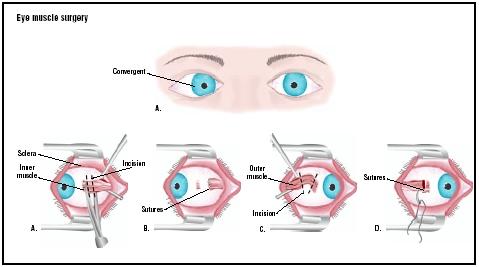



Eye Muscle Surgery Procedure Recovery Blood Pain Complications Adults Time Infection



0 件のコメント:
コメントを投稿